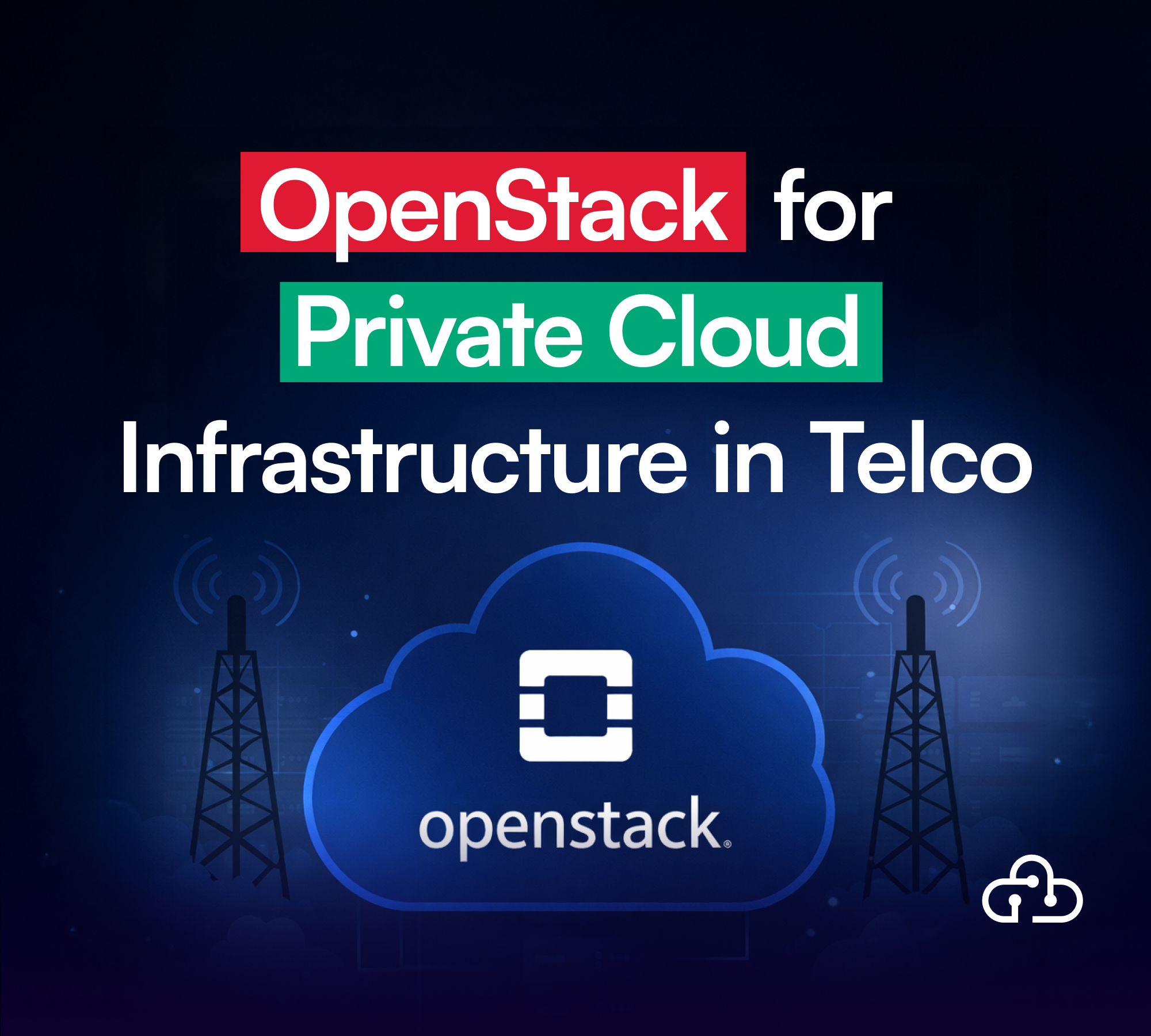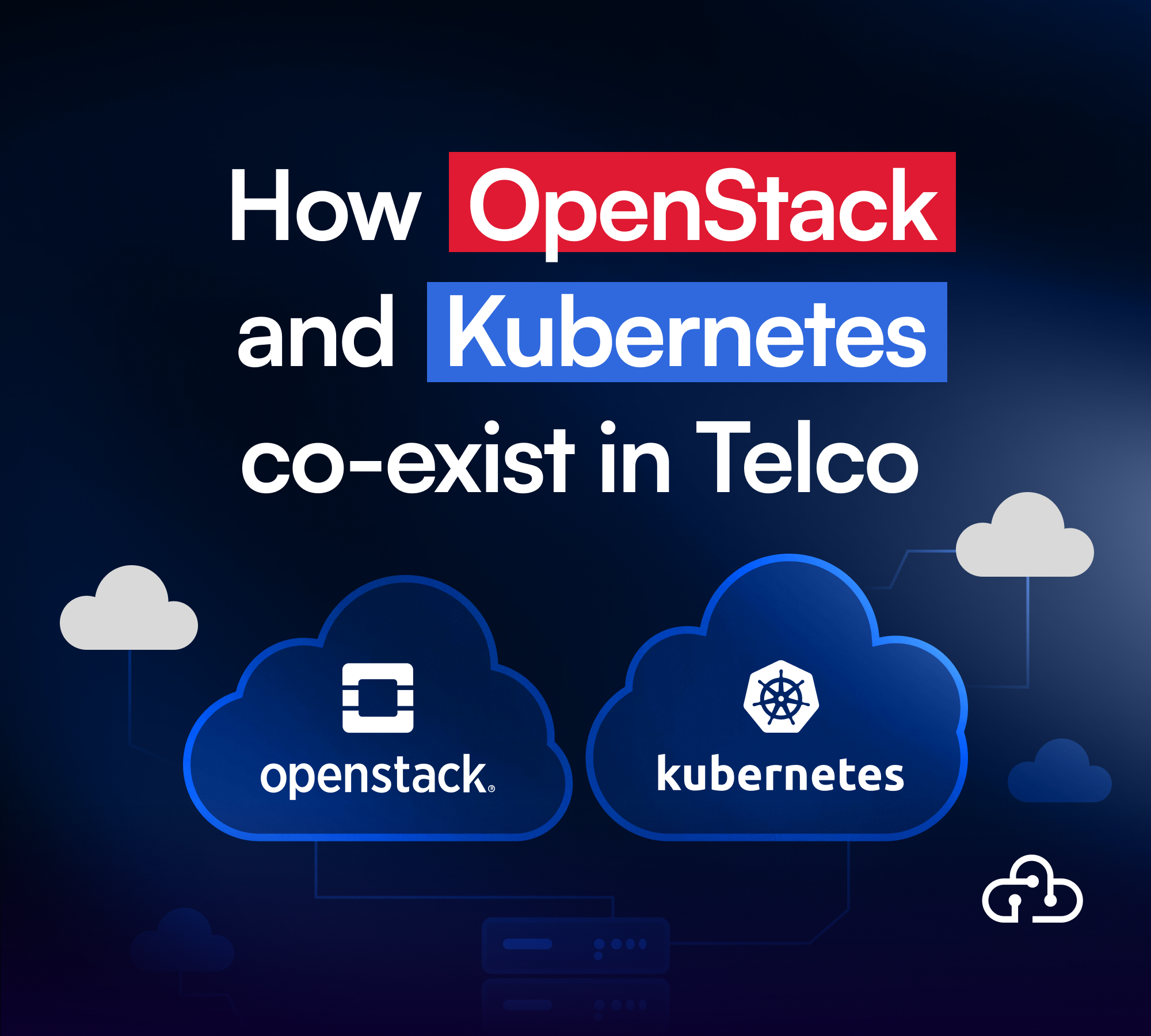OpenStack is an open-source cloud computing platform that allows users to create their own private clouds, and it has attracted a lot of attention over the last few years.
And as with almost any popular technology, engineers and companies alike understand the necessity of upskilling to gain the skills required to meet the industry’s needs and stay relevant.
But for the decision to be smart and effective, you need to first understand why is this technology popular, and most importantly, is it staying?
In the following points, I’m going to explain to you the reasons behind OpenStack’s popularity, and I’ll let you deduce for yourself whether it’s worth investing your time and money in or not.
Let’s dive in!
1. OpenStack is an open-source software
The first factor influencing companies’ decision to embrace OpenStack is that it’s open-source, which makes it a more flexible, accessible, faster, and cost-effective option.
2. OpenStack enables you to create and manage your own cloud
Using OpenStack, a company can deploy and manage cloud-based infrastructure in several different use cases, including hosting their own website, undertaking big data projects, or deploying containers. Instead of a fractured public cloud environment, an open cloud will move the market beyond cloud providers.
3. OpenStack is secure
Although there still seems to be a stigma over its effectiveness as a secure alternative to costly cloud environments, the security of OpenStack is one of the most essential purposes of its architecture.
4. OpenStack has a modular architecture
Starting off with a modular architecture gives you control over the number and nature of your app's functions and services, which means giving you control over your app's reliability, maintainability, and scalability while providing an outstanding forefront for the end-user and the company's technical resources, increasing developers’ productivity, and cutting the infrastructure costs.
5. OpenStack supports an extensive list of hypervisors
OpenStack Compute (nova) supports a variety of hypervisors, including the ones from VMware and Microsoft (you can check out the rest here). This allows you to choose one while keeping in mind your organization’s experience, the hypervisor documentation, …etc.
6. OpenStack can be used as a storage solution
OpenStack handles different types of storage use cases. It lays out a completely distributed, API-accessible storage platform that can be integrated directly into applications. Additionally, it can also be used for backup, archiving, and data retention.
7. OpenStack allows you to create both virtual machines & containers
And the benefits of virtual machines are countless! From lowering hardware costs and saving time to customizability, flexibility, and easier & quicker provisioning.
OpenStack can also help you create containers, which are an alternative to VMs.
8. OpenStack is used for public and private clouds
Remember what I said in point 2 about OpenStack enabling you to create your own cloud? Well, OpenStack does more than that.
Because in fact, OpenStack helps in building and managing cloud computing platforms for both public and private clouds, resulting in much-needed flexibility.
This, among many other factors, makes many industry professionals think that OpenStack is the future of cloud computing.
9. OpenStack has a large community:
That makes the process of learning and acquiring the skills you need to work with OpenStack more seamless, as most of the problems you may encounter are already answered on forums.
And after you learn it, OpenStack's enthusiastic community makes the opportunity to get into the field more attainable, as start-ups built around OpenStack are funded generously, vendors are investing and Contributors are counted by the thousands.
Conclusion
Now, after you read what I had to say, it’s time to make up your mind… should you be learning OpenStack?





%20copy%204.png)